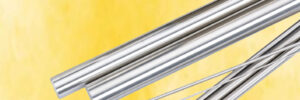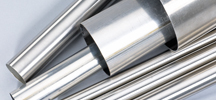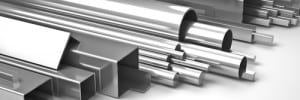
Finishing stainless steel protects surfaces and produces a mirror-like shine or matte sheen. You can choose from various stainless steel finishing methods to achieve different looks and functional designs. Combine the right technique with finishing best practices to achieve a look and design that meets your surfacing needs and specs.









